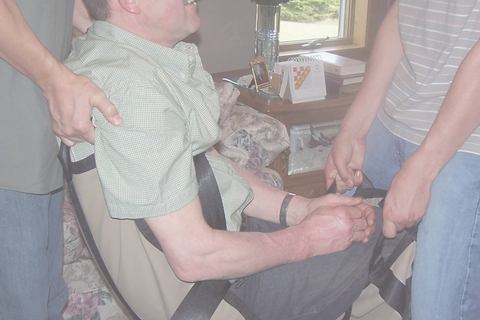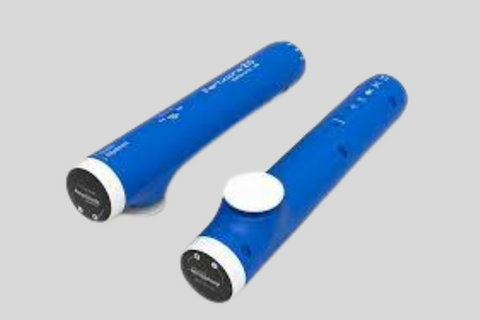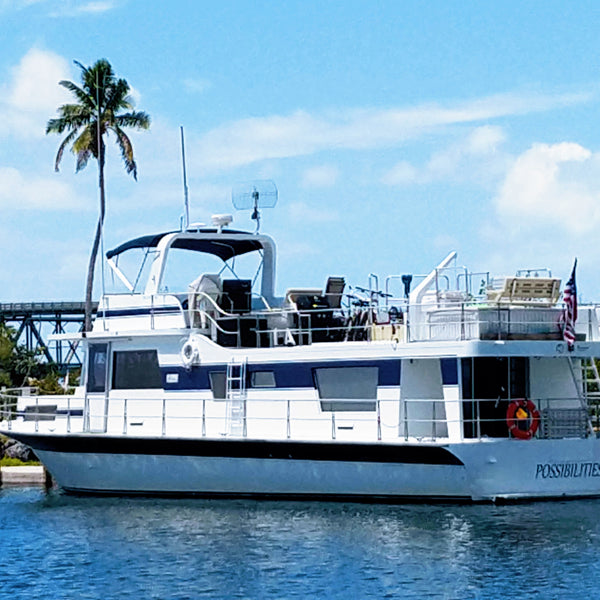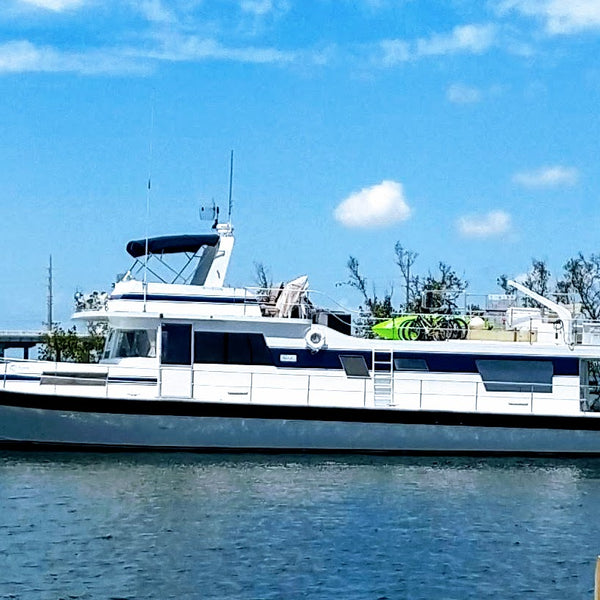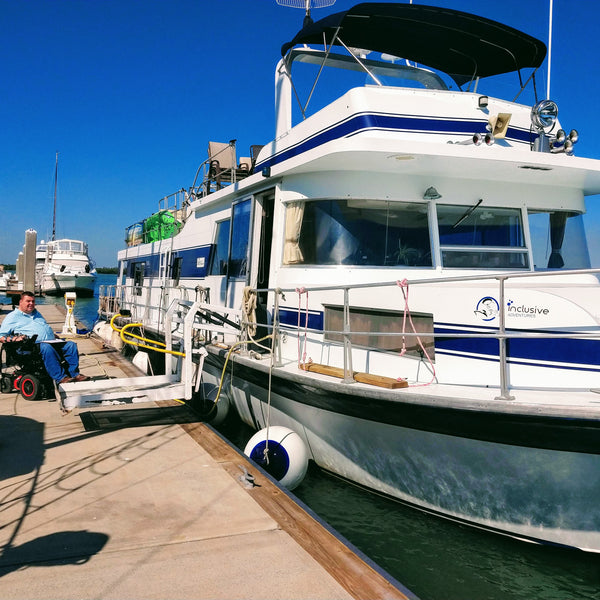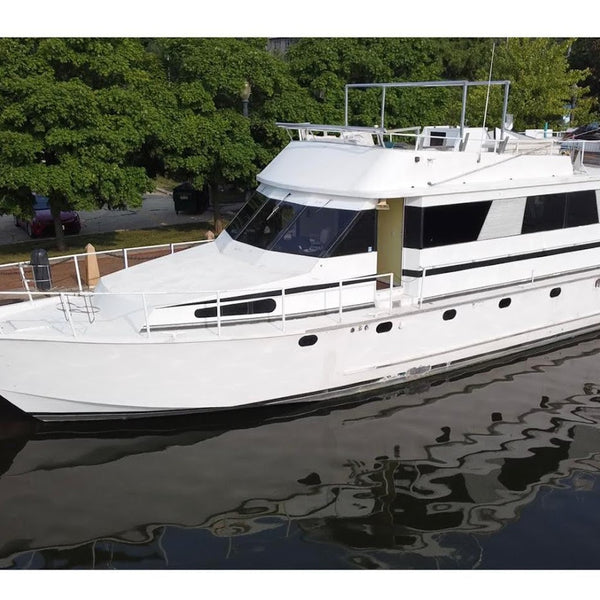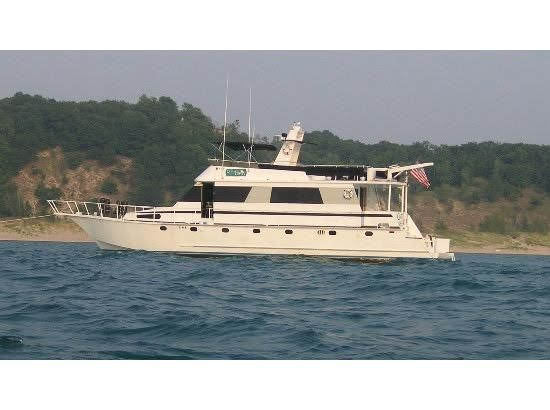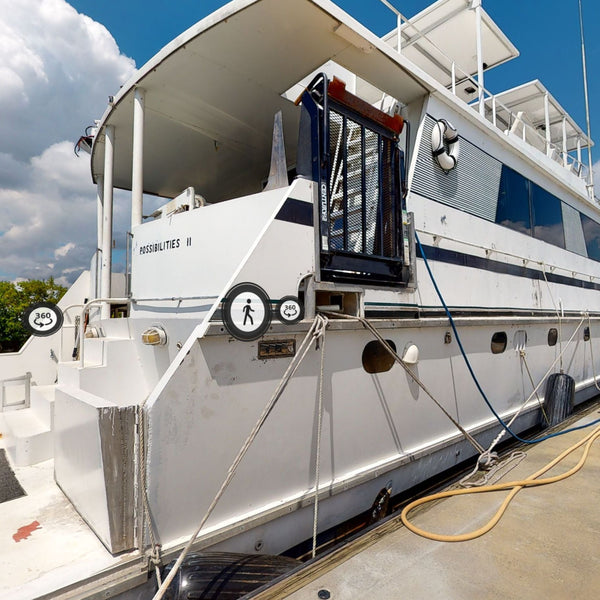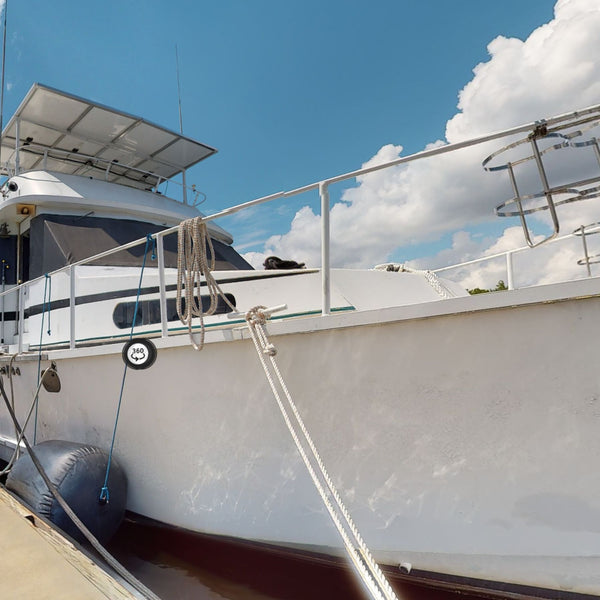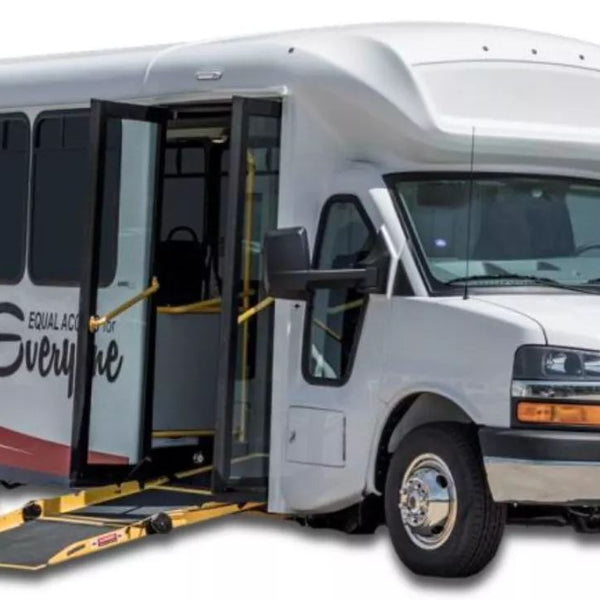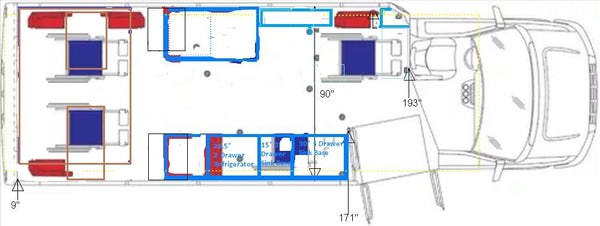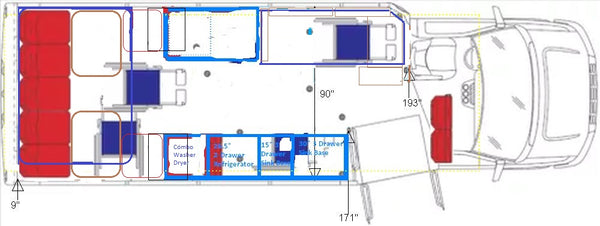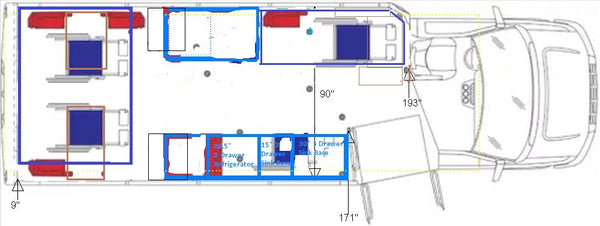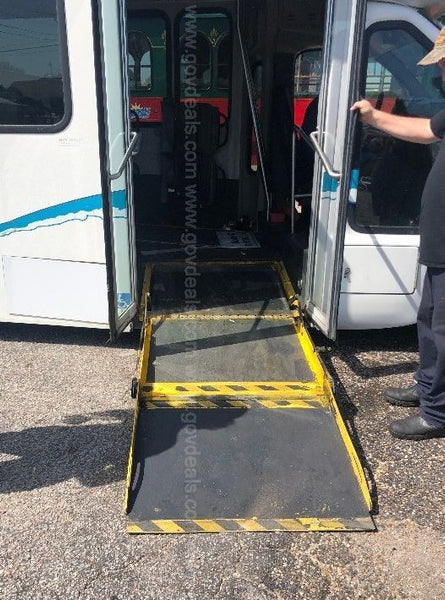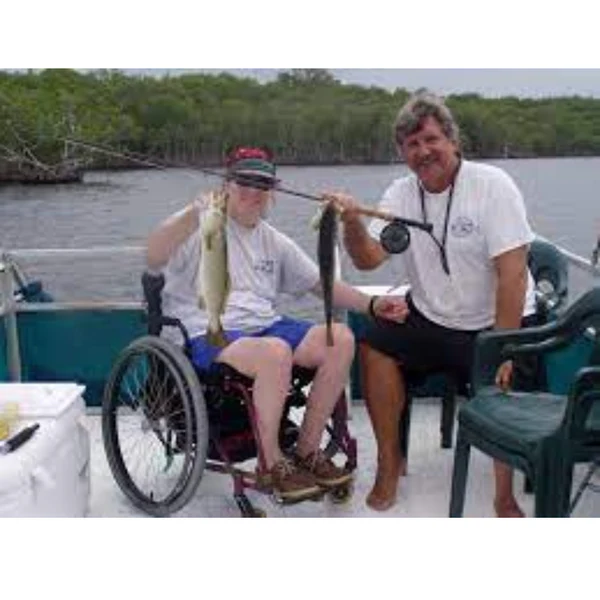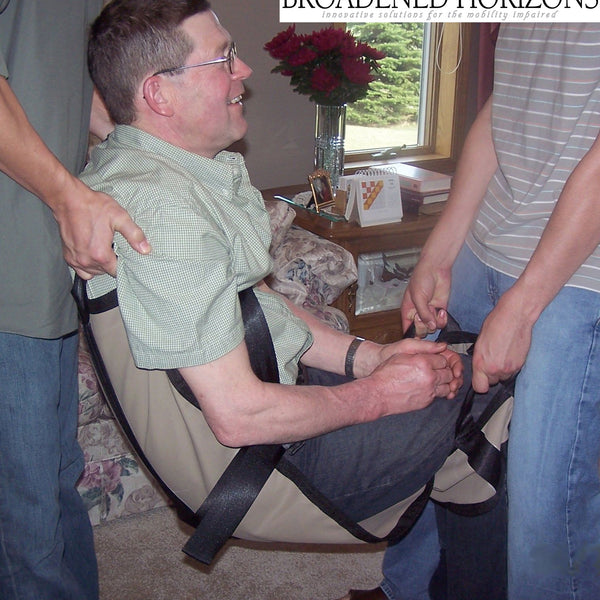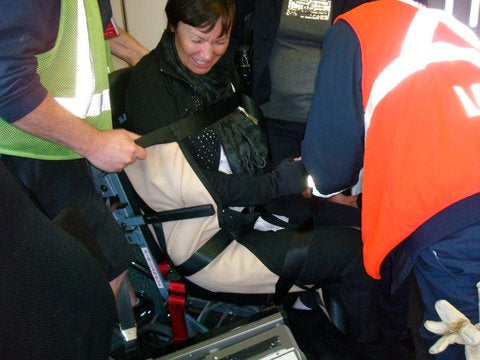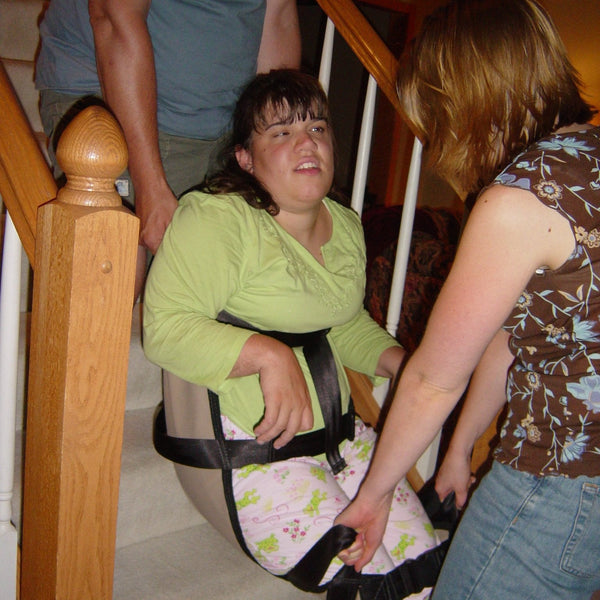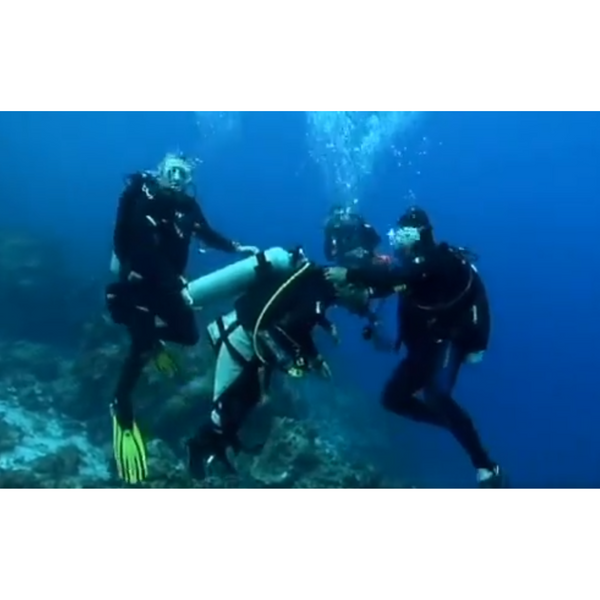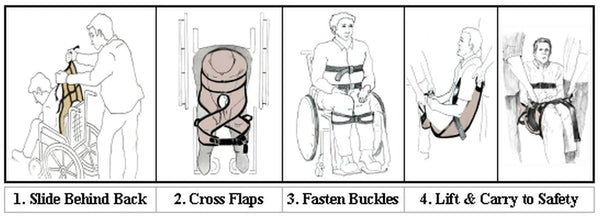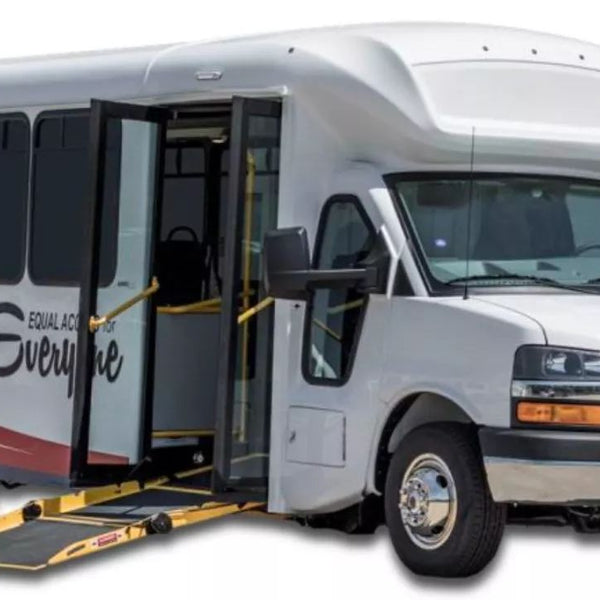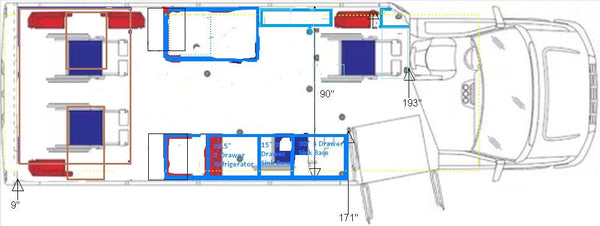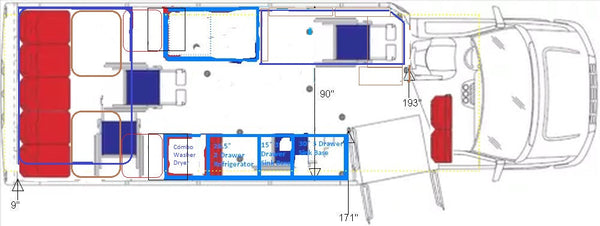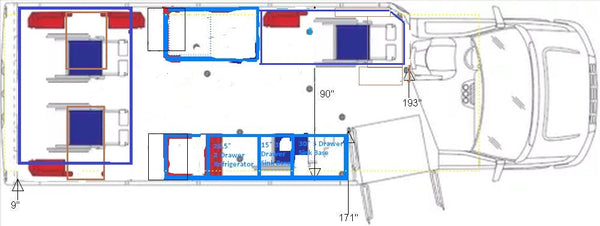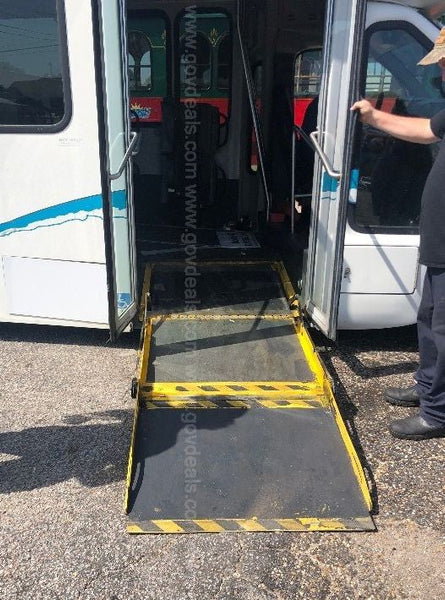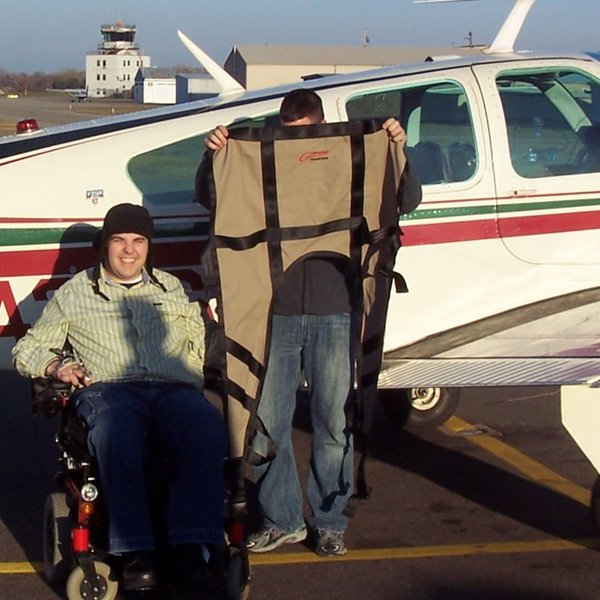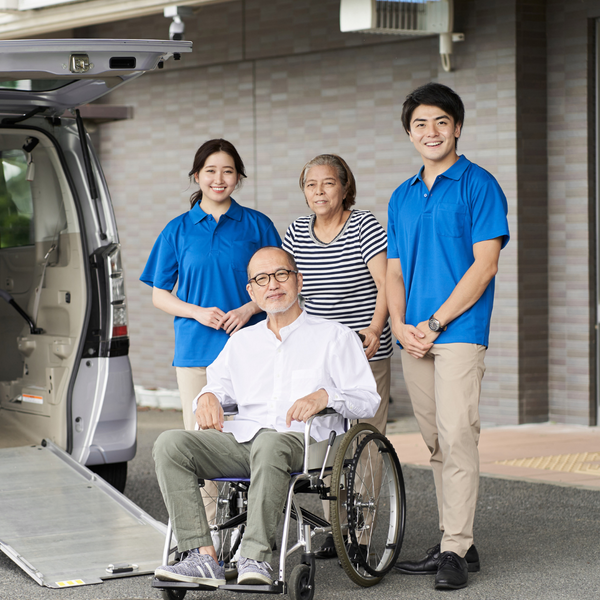Posted by Elizabeth Forst in Christopher and Dana Reeve Foundation Blog Daily Dose on June 16, 2016 #Travel
Since my injury two years ago, I have successfully flown as a fully dependent quadriplegic six times, visiting many U.S. cities. My next trip will be to my first international destination – Cozumel, Mexico for a scuba dive trip. Flying is no easy feat these days as I operate using a sip and puff power wheelchair. When I fly I require 100% assistance from caregivers and airline personnel to safely transfer in/out of the airplane as well as protect my expensive equipment.
The most important piece about flying as a quad is to choose a flight later than 12 o'clock so I can do a proper bowel program before to prevent an involuntary bowel episode during transfers. Having an involuntary bowel movement when traveling is probably my biggest fear; the embarrassment is overwhelming and provides for a very uncomfortable travel experience.

When choosing an airline, there are many options. I have flown United, Delta, and Southwest airlines thus far. My preference is Southwest airlines as their airline personnel are extremely friendly, cooperative and willing to learn about how to safely and efficiently transport individuals utilizing wheelchairs. They always seem to have a smile on their face, treat you like an individual rather than an alien and encourage feedback on how to make their process better for our safety and comfort. Further, Southwest Airlines allows people with a disability to sit in the front row, for an easier transfer from the aisle chair into the airline seat. The supervisors actually walks you onto the plane to ensure proper process. You do not get charged for sitting in the front row, and there is a two free bag allowance. I always ask for extra assistance, preferably a strong male who can help with the transfer and they are always happy to oblige. Do not be afraid to ask for help.
Arriving at the airport with ample time, the usual 2 to 3 hours, is paramount especially since getting through security takes much longer in a wheelchair. I always check in at the ticket counter so the ticket agent can call ahead to the gate to ensure the availability of an aisle chair for transfer – this is crucial for ensuring not delaying the flight as the disabled community boards first and cannot do so if the aisle chair is MIA. It is also important to be knowledgeable about the weight of the wheelchair and what type of battery is utilized – spillable or non- spillable. I find it crucial to choose a window seat for myself so I can lean on the window for trunk control– as I have none. This is incredibly important upon takeoff and landing of the airplane as the flight surges forward and backward.
I travel with a comfort carrier sling, a specialized transport sling that essentially wraps you up like a burrito during transfer protecting your elbows and knees from harm during transfer to the aisle chair and airline seat. Letting a caregiver direct the transfer is essential for proper communication between airline personnel assisting in this process.
Once comfortably in my seat, my caregiver returns back to the power wheelchair – I use a Quantum Edge – in which the sensitive pieces of the wheelchair are dismantled, placed in a carry-on bag and the entire wheelchair is wrapped in a green cellophane wrapping to alert the airline maintenance crew not to place other bags on top of the wheelchair when in the belly of the plane. I say goodbye to my chair and hope it ends up on the other side undamaged. To date I have been very lucky and I attribute this to my due diligence on detail oriented wheelchair protection and communication with airline personnel.
I always travel with extra medical supplies in my carry-on backpack including an extra urinary day bag, gloves, baby wipes and hand sanitizer if there are any accidents. It is always important to check the suprapubic catheter after transfers and keep an eye on the contents of the urinary day bag on ascent and descent as the depressurization within the aircraft can affect the ability to drain properly. Having an empty water bottle to drain a day bag is helpful and discreet. I also bring extra pillows to place underneath my elbows so as not to get pressure sores. A quad pad for under the feet helps maintain good position when experiencing turbulence.

All in all, I have been fortunate to have six successful flights under my belt with no snafus. It can be quite stressful traveling and there are many details to this process traveling the world as a quadriplegic, but it is possible and opens up many doors to many new adventures. So when asked the question to fly or not to fly, I say fly… There is a whole world out there ready to be experienced especially as a quad.
Keep on keeping on,
Elizabeth/EB Forst

